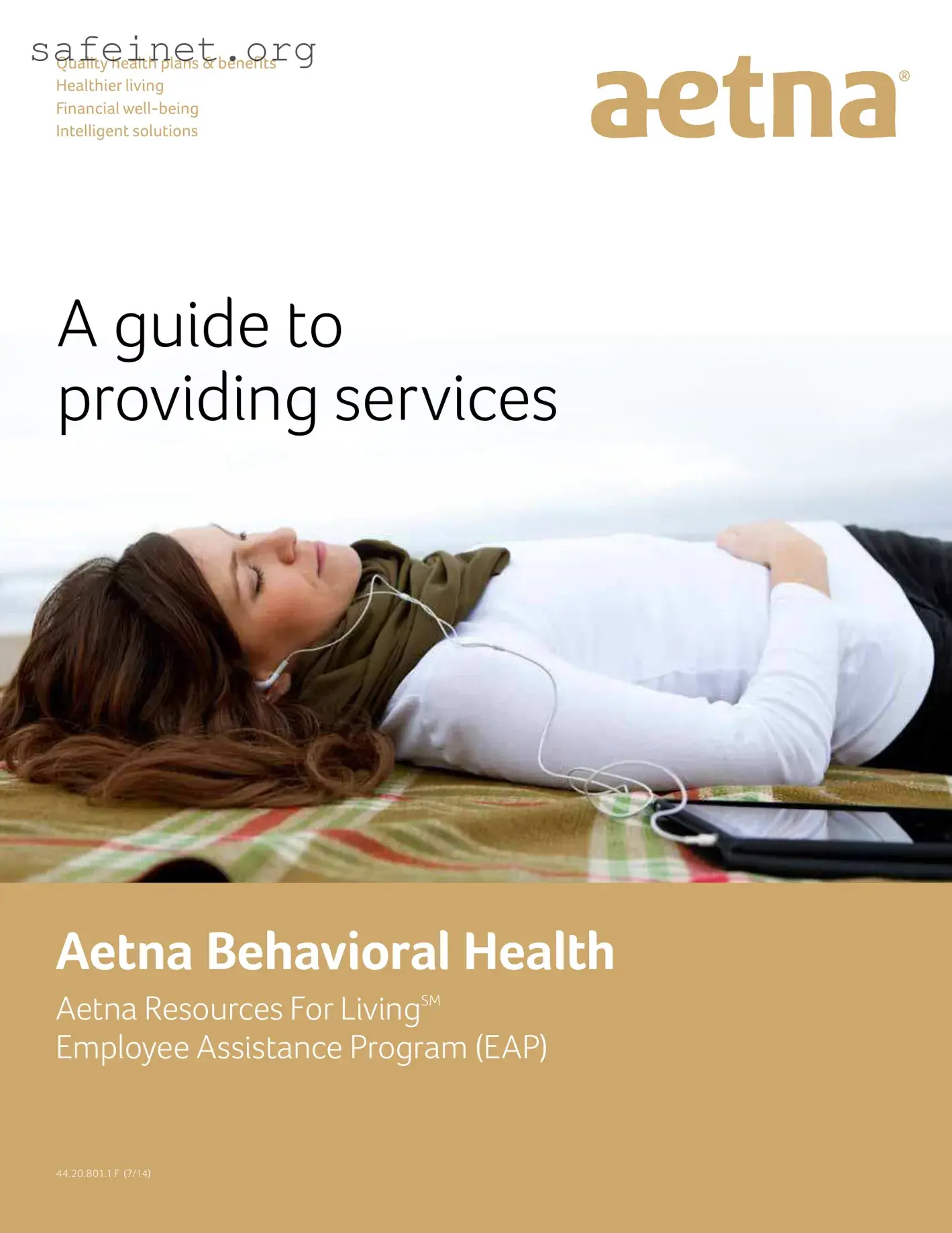What is the Cigna EAP form used for?
The Cigna EAP form is used by employers and employees to access the Employee Assistance Program (EAP) services. This program provides support for personal problems that may impact job performance, including issues like stress, family conflicts, financial difficulties, and mental health concerns. By submitting the EAP form, members can seek counseling and other resources designed to improve their overall well-being.
How do I access the Cigna EAP services?
Accessing Cigna EAP services is straightforward. Members can use a toll-free number to contact the Aetna Resources For Living call center, which operates 24/7. Additionally, members can visit the Aetna Resources For Living website to explore available services and resources. Both telephone and online support options are designed for convenience and confidentiality.
What types of issues can the EAP help with?
The EAP can assist with a wide range of concerns, including but not limited to family and marital discord, mental health issues like anxiety and depression, substance abuse, financial problems, and grief. Members can receive a specified number of counseling sessions at no charge, making it easier to address personal challenges early on.
Is my participation in the EAP confidential?
Yes, confidentiality is a key principle of the EAP. All interactions and information shared by members are kept private, ensuring they can seek help without fear of judgment or repercussions. The EAP providers follow strict guidelines to protect members’ privacy while offering support.
What should I submit to receive EAP services?
To access EAP services, members typically need to fill out the Cigna EAP form and may be required to provide basic information about their situation. Depending on the nature of the support needed, additional documentation might be requested. However, a significant portion of services is available without substantial paperwork.
Can family members use the EAP services?
Yes, the EAP extends its services to eligible family members of the policyholder. This generally includes adult dependents up to age 26, regardless of their living situation. Family members can utilize EAP resources to address personal issues that may impact the household.
What if I need follow-up services after my initial EAP session?
Following the initial EAP session, members may receive follow-up calls to assess their satisfaction and needs. If additional services are required, the EAP staff can assist in coordinating follow-up care and referrals to appropriate providers, ensuring ongoing support as needed.
How can I appeal a decision regarding my EAP services?
If you wish to appeal a decision related to your EAP services, you’ll need to follow the appeal process outlined in your EAP documentation. Typically, this involves contacting the EAP office and providing relevant information regarding your situation. The EAP team will review the appeal and respond accordingly.


